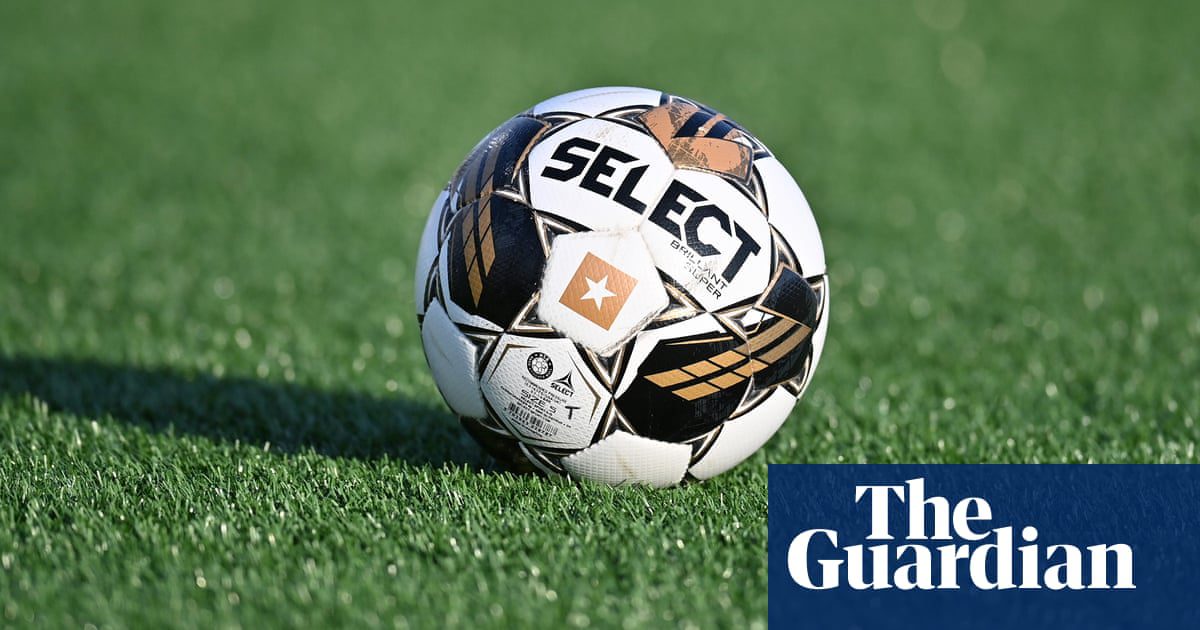
The United Soccer Leagues (USL), which oversees a majority of the lower-division soccer leagues in the United States, is set to announce on Thursday its plans to introduce a new league that will be recognized as Division I, equivalent to Major League Soccer (MLS).
This forthcoming league, yet to be named and anticipated for launch in 2027, aims to complete USL’s presence across every tier of the men’s US soccer structure. This includes the Division II USL Championship, Division III USL League One, the semi-professional USL League Two, and various USL youth leagues. The introduction of this new league is expected to foster a competitive environment between USL and MLS, particularly following the dissolution of their earlier strategic collaboration, which allowed numerous MLS reserve teams to compete in the USL.
In a conversation with the Guardian, USL President and Chief Soccer Officer Paul McDonough emphasized that the formation of this new league aligns with USL’s aspirations and is not intended as a direct challenge to MLS.
“I don’t see it as a threat to MLS,” he stated. “Our focus is on advancing our own goals.”
With origins tracing back to the late 1980s during America’s soccer expansion, the USL has experienced numerous transformations over the years. Currently, it supervises 38 professional teams within the USL Championship and League One, in addition to approximately 128 semi-professional or amateur teams competing regionally in League Two. Unlike MLS clubs, which are affiliated with a single league, USL teams operate independently, allowing for diverse business models tailored to their local markets and aspirations. Some teams, like Orange County SC, prioritize player development, while others, such as Louisville City, strive to deliver top-notch experiences for their fans. The USL Championship reached a significant milestone last year with its final match aired on CBS, attracting a record viewership of 431,000.
One of McDonough’s primary motivations for establishing a new Division I league is based on the USL’s assertion that the geographical expanse of the United States can support a greater number of professional teams. He pointed out that Europe boasts over 400 professional Division I teams within a similar land area, while the U.S. currently has only 30 participating in MLS. Although there are clear distinctions—European teams are part of independent countries’ league systems and have a population over twice that of the U.S.—McDonough believes that an increased number of professional clubs could cultivate a vibrant soccer culture and “grow the game” in America.
“Our focus is on enhancing our presence and building a higher tier because we want to establish teams in specific communities,” he remarked. “Why shouldn’t Division I teams be thriving in smaller cities and throughout middle America?”
Additionally, the new league aligns with USL’s internal goals of creating a comprehensive league framework that spans nearly all levels of American professional and semi-professional soccer. This initiative seeks to mirror the structure of various European leagues, though McDonough clarified that there are no immediate intentions to implement a promotion and relegation system within the USL framework, a groundbreaking move in modern U.S. soccer.
“We’ve expressed our goals, but executing such a system is more complex within our current landscape,” he clarified. “If the opportunity for promotion and relegation arises, we will consider it.”
When asked if the Division I designation could allow USL teams to participate in the Concacaf Champions Cup, McDonough expressed hope. “I don’t want our teams to miss any opportunities that could contribute to their growth and the overall development of soccer in this country.”
This will not be the first attempt by USL to establish a league with Division I status; the women’s USL Super League was introduced last year, sharing Division I recognition with the NWSL while differentiating by adopting a fall-to-spring schedule similar to most European leagues. A USL representative stated that there are currently no plans to convert the men’s leagues to this same format.
The structure of the new league remains undecided; existing USL team owners were only briefed on the proposal recently, with a public declaration slated for Thursday morning. USL anticipates that several current teams, particularly those in the Championship, will elevate to the new league, and discussions with prospective owners will commence soon. According to the United States Soccer Federation’s (USSF) Division I criteria, potential owners must satisfy financial benchmarks: a principal owner with at least a 35% share and a minimum net worth of $40 million, or a consortium of owners whose combined wealth reaches at least $70 million.
after newsletter promotion
All MLS owners easily meet these financial criteria, with some possessing net worths in the billions. However, opportunities for new investors to acquire MLS franchises may diminish as the league’s rapid expansion over the past two decades nears an end. Currently, there are 30 teams in MLS, and no firm commitments have been made to add more. Entering a new USL Division I league is expected to be significantly less expensive compared to the $500 million investment made by the most recent MLS expansion team in San Diego.
According to USSF standards, the USL’s upcoming league must field at least 12 teams to commence Division I play and expand to at least 14 teams by its third year. These teams must be distributed throughout the country, with a requirement that at least 75% represent metropolitan areas with populations exceeding 1 million. Additionally, every team must play in a stadium that accommodates at least 15,000 spectators.
McDonough revealed that the league has informed the USSF of its plans, receiving a positive response.
“US Soccer is currently in a phase where they are looking to foster soccer’s growth in this country, and if we execute our plan well, they will support us,” he remarked. “Now, it’s time for us to implement our vision.”
In a statement to the Guardian, US Soccer expressed, “We welcome innovation and growth within American soccer and are eager to learn more about these developments.”










